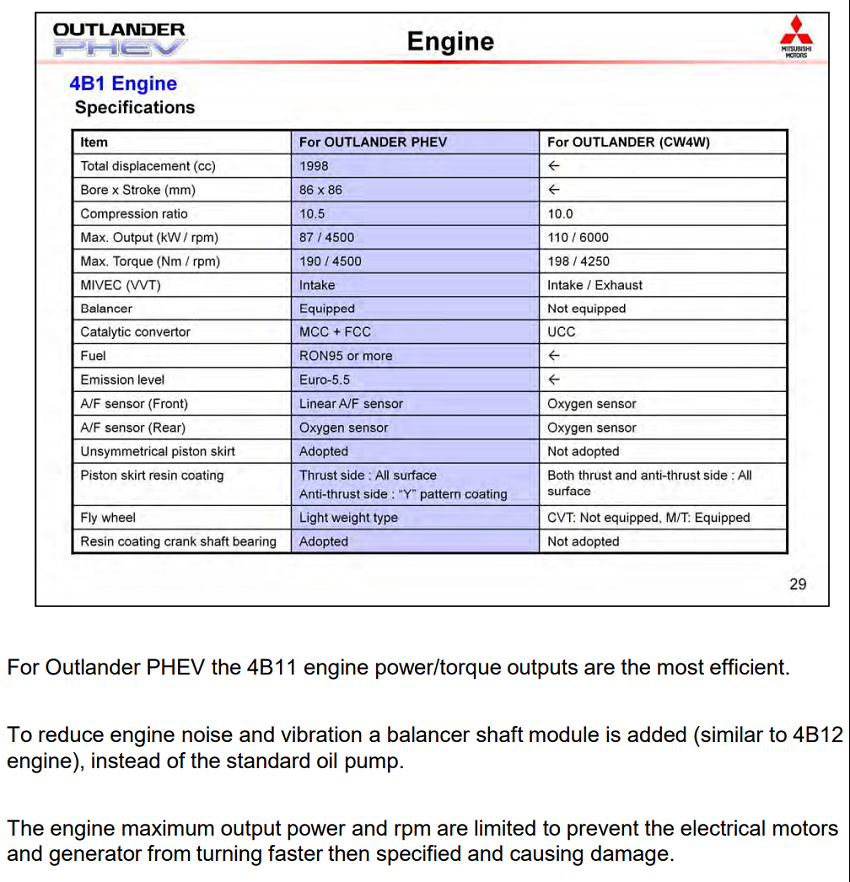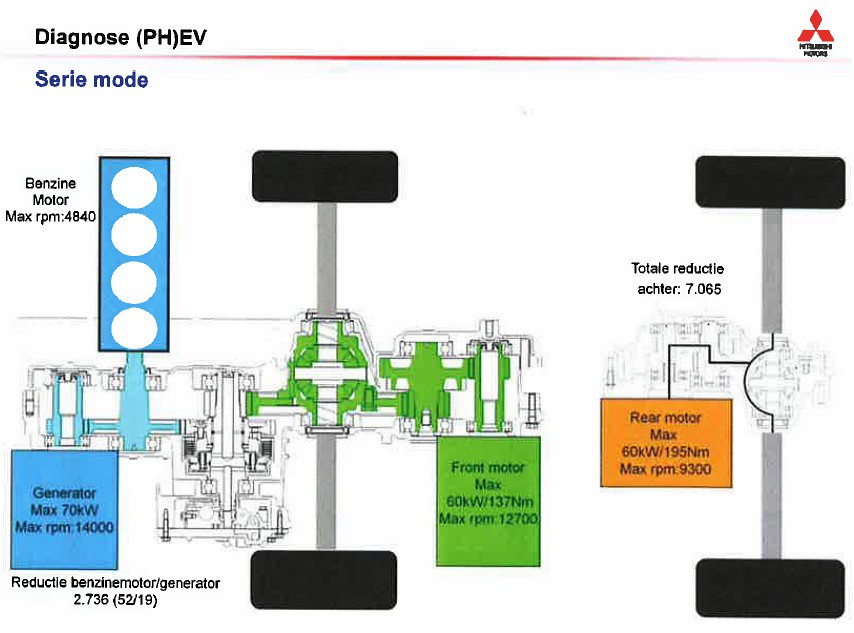STS134
Well-known member
jaapv said:Well, the answer to that is simple: no test drive no sale.
If you gamble you can lose. In your case you lost: you bought the wrong car. Just sell it and buy the right one. I can assure you that no factory in the world is going to change the basic design of their product for the convenience of one customer.
Buy what? The PHEV CUV/SUV market has very few participants right now. Cayenne S E-Hybrid got better for MY 2019 and now has a 27 mi AER. But it still doesn't qualify for the California HOV sticker, which is the other reason I bought the PHEV.
The PHEV is an imperfect car. So is every other car out there. It was a matter of my old car getting totaled, and I had to pick a poison. This just so happens to be the one I chose.
jaapv said:Strangely enough, when climbing, no conventional car gives me a choice. I have to shift down and accept engine revs. Actually climbing is the only time that the PHEV sounds like any other car.
Sure, and I have no problem with hearing engine revs when I'm going uphill. You're climbing. You expect to hear engine noise.
Tai626 said:Probably a little bit of my background so we could understand a little bit more about California driving culture.
In 2001, I was transplanted in California from Brazil (Sao Paulo). Three day after I got the California license and my manly Ute, I was showing off my landlord how we drive in Brazil and passed a stop sign sliding. Of course the police was waiting in my blind spot and I got my first of only two traffic tickets up to date. I had to go to traffic school and sit for 8 hrs to relearn. The one of first thing the instructor said to us was the California speed limit culture: 10 mph above the sign, believe or not!
I am civil engineer by trade and have been trained to designing roads. The 70mph sign is usually design for the not so good condition (rain, wear out tires, etc..). So the California road is really acceptable to drive 10mph faster. Probably is why the people do it and CHP (California Highway Patrol) would “allowed” it.
Tai
Yep. If you do up to about 80-85 mph (Posted Speed Limit or PSL = 65 mph) on I-280, CHP won't even bat an eye at you. On I-5 (PSL = 70 mph), up to 85 and probably up to 90 is fine, in clear conditions. Still, I run all sorts of countermeasures on my car (front and rear facing RADAR detectors and LIDAR jammers) just to be sure, because driving back to an area 150-200 miles from home to fight tickets sucks. Also, in California, it is legal to exceed the PSL, under the so-called "Basic Speed Law" https://leginfo.legislature.ca.gov/faces/codes_displaySection.xhtml?lawCode=VEH§ionNum=22350 but if you do it, the burden of proof is on you to prove it was safe, not on the officer to prove it was unsafe. In other words, exceeding the PSL is presumed unsafe unless you present evidence showing otherwise. My first ticket was for 57/50 on the Bay Bridge, in very light traffic, and was tossed in court by a Judge with common sense. Now maximum speed laws are what you have to watch out for; exceeding 65 or 70 mph on the freeways by even 1 mph is technically illegal even though it's tolerated, and all the officer must do is show a court that you went 66 mph or 71 mph and you'd be found guilty. Statutory maximum speeds are 55 mph for undivided roads, 65 mph for divided roads, and 70 mph for roads specifically designated in CVC 22356 (including Interstate 5) https://leginfo.legislature.ca.gov/faces/codes_displaySection.xhtml?sectionNum=22356.&lawCode=VEH which means that undivided city street that had a 35 PSL, you can technically do up to 55 on under the Basic Speed Law provided you can prove it's safe. That's why I have both front and rear dashcams in my car running at all times as well. And the one you REALLY want to avoid is CVC 22358(b), which applies if you are caught speeding over 100 mph https://leginfo.legislature.ca.gov/faces/codes_displaySection.xhtml?lawCode=VEH§ionNum=22348. It's 2 points on the license, a $880 fine when all added fees and taxes are thrown in, and you don't get to go to traffic school to hide the points from your insurance company. When I drive Interstate 5, I generally try to keep it under 100 unless I am absolutely SURE there aren't officers around, even if there's no other traffic and I'm running all of my usual countermeasures.


